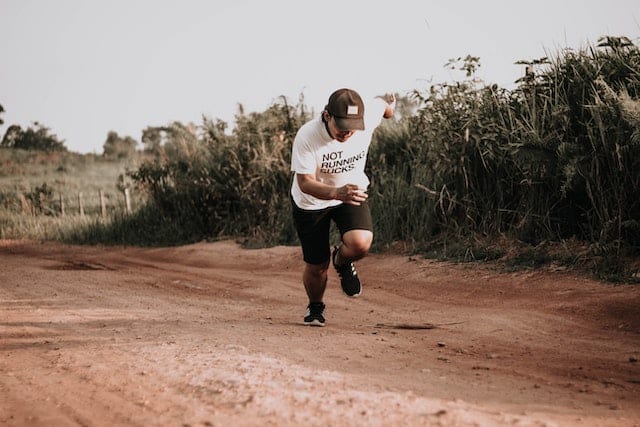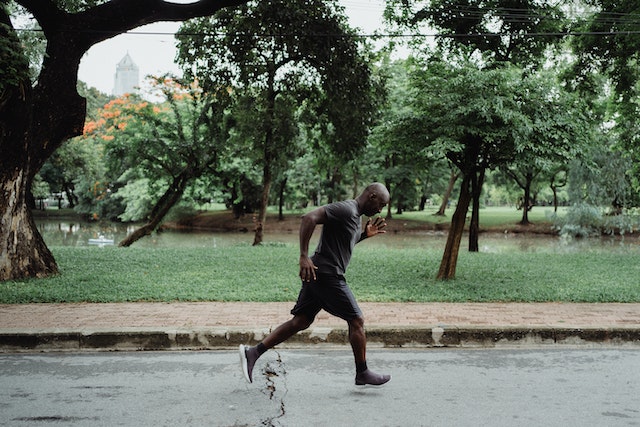
Contents
Using race pace techniques, running pace mantras, consistent pace matching and goal pace setting to pace yourself properly when running
Upping your game is difficult. One minute you can feel on form, and the next, you feel like you’re flagging. One day you beat your best time, and the next, you lose out by an entire 3 minutes. Whether you’re running a half marathon or your first 5k, consistency is key. Sure, a lot of factors are involved in your performance: sleep, rest, hydration, diet, and so on. But that doesn’t mean there aren’t solid tactics to help make up for downfalls. And what are those?
You guessed it – race pace.
Using a pace-based approach to flatten out your time differences is a great way to enact consistency. A steady running pace can help add miles onto your run, let alone provide a platform from which to improve speed too.
It doesn’t matter whether you want an average running pace or a much quicker one, using these techniques will help.


Finding the mark
First of all, it’s good to find what pace feels right. An easy pace or average pace could be great for a long-term training strategy, but if that marathon is drawing ever closer and you haven’t the time, then a more challenging one will have to do.
So how do you get there?
All you need to do is identify a target pace through running and settle with what feels right. But using metrics and measurement is super useful, too, i.e. figuring out the pace you’ll need to hit for a 10k completion time in 45 minutes. And you can look to technology in order to help with this.
Running splits
Your goal race pace can be helped by running splits. This classic approach sees you split your pace into two or more, using individual paces to achieve a great overall average pace. The perceived effort overall will feel different because you’ve split your effort into parts, let alone the physical endurance mechanisms of split pacing.
Talk test
If you want the same pace as the pros, then you could use the talk test, too.
This classic approach makes use of grounded feelings, attention and alertness to your running output. Simply, you need to stop all music or talking to focus on the run itself. You should be aware of your breathing, perceived exertion and how different paces feel. This will help identify, ”your running RPE along with the final pace on your watch to begin making that correlation while you run.”
Conclusion
Whether it’s a relatively flat course or a bumpy race day, you want to understand how your body feels. In order to understand that, you have to try pushing it (or pulling it) to different levels. A constant pace is great… but only if it’s an effective one. Don’t try to just run the race distance over and over again – you need to make use of training snippets too.
FAQs
What does optimal foot turnover mean?
”The ideal stride is to reach 170-180 footfalls per minute” This will help keep a good rate of running going.